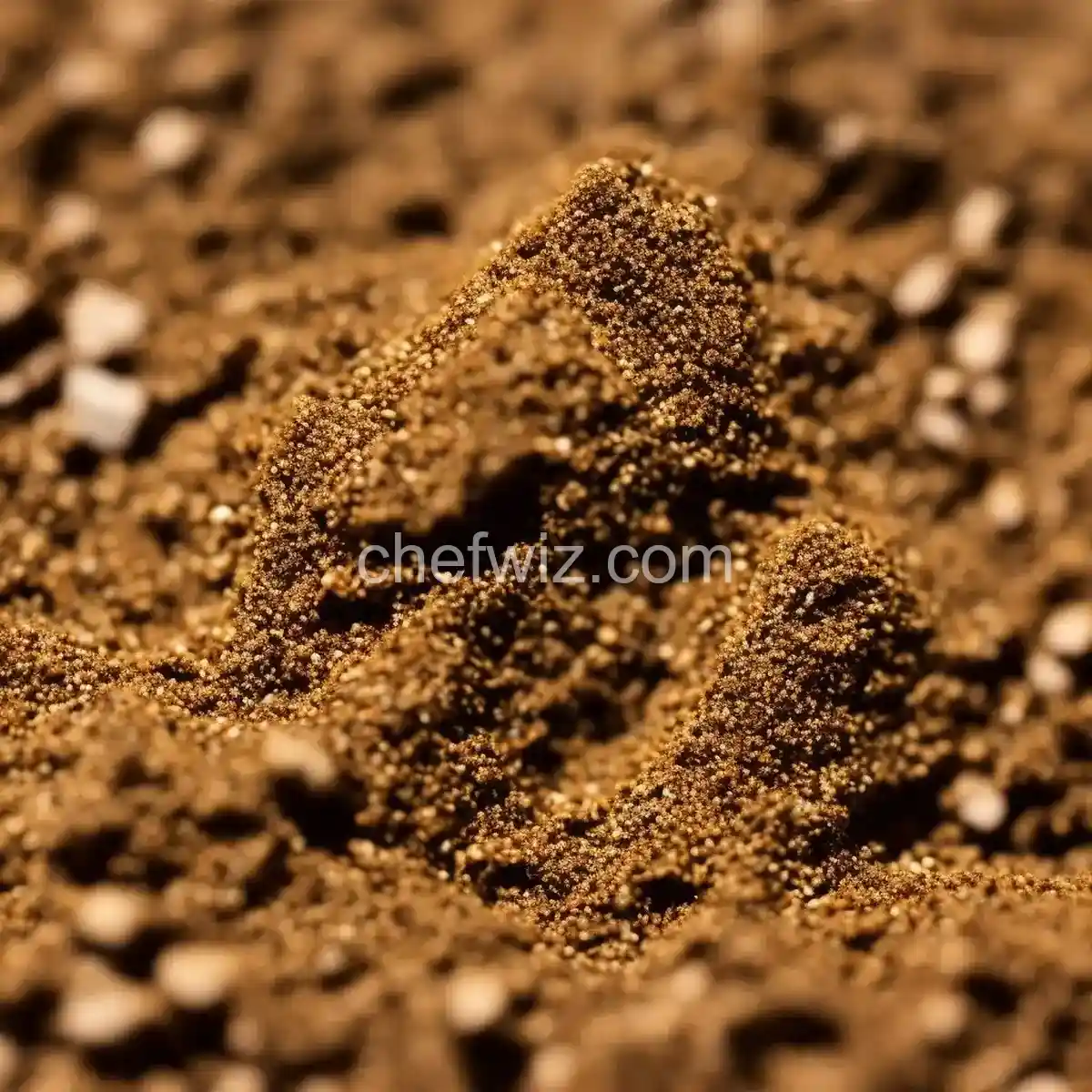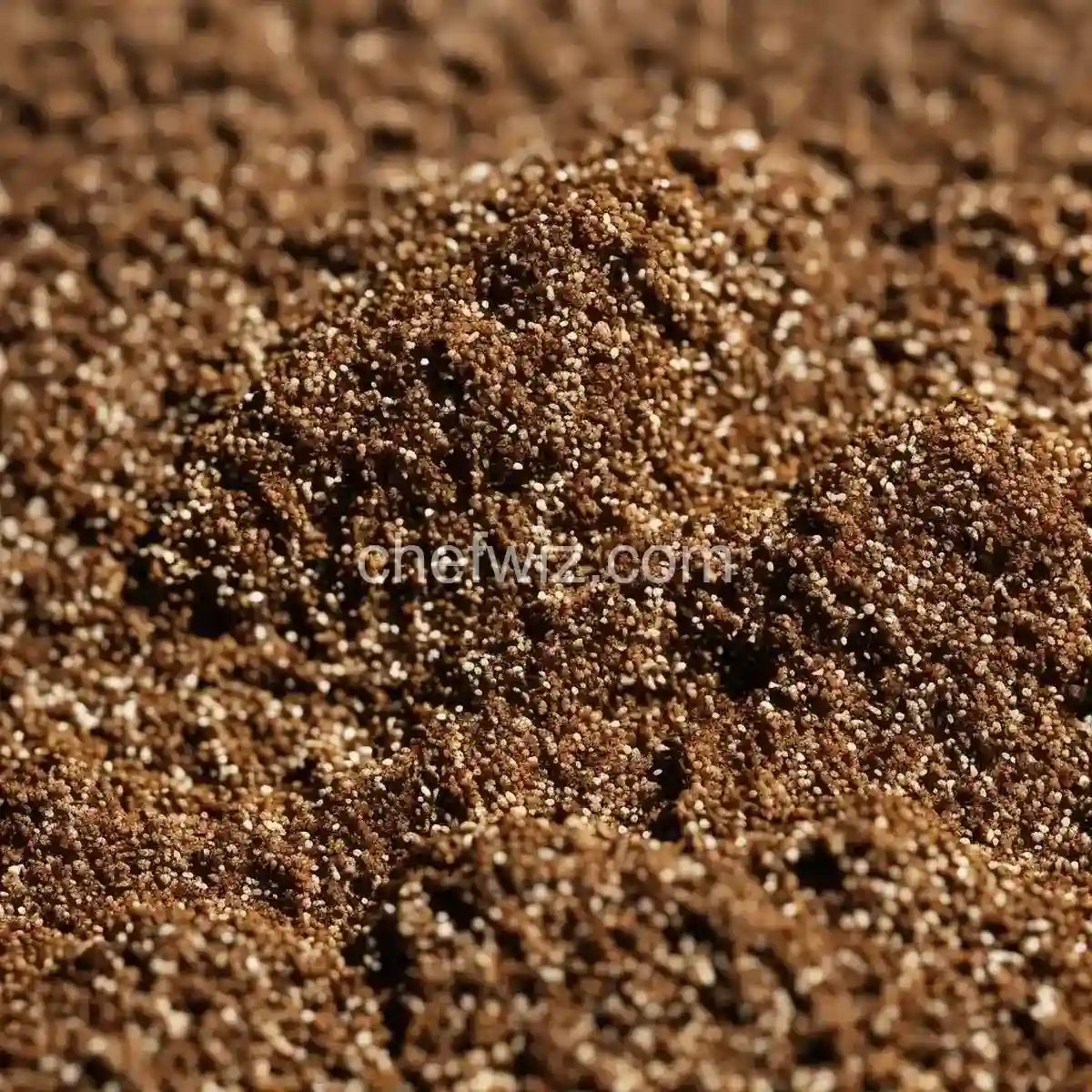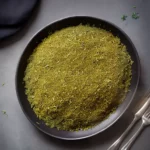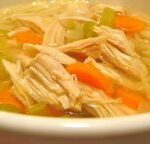Za’atar: Exploring the Flavors of the Middle East
Have you ever tasted the rich, aromatic flavors of the Middle East? If you’re a food enthusiast, you might have come across a unique spice blend called Za’atar. This Middle Eastern staple has gained popularity not only for its delicious taste but also for its numerous health benefits. In this article, we will dive into the world of Za’atar, exploring its origins, flavors, and versatile uses. So, let’s embark on this flavorful journey together!
Unveiling the Origins
Like a well-kept secret, Za’atar has been a part of Middle Eastern cuisine for centuries. Its roots can be traced back to ancient times, where it was believed to have medicinal properties. The word “Za’atar” refers to both the spice blend and the herb from which it is derived. This herb, known as “Za’atar” or “Wild Thyme,” grows abundantly in the Middle East, particularly in Lebanon, Syria, Jordan, and Palestine.
Traditionally, Za’atar is made by drying the Za’atar herb and then mixing it with other ingredients such as sesame seeds, sumac, and salt. The proportions may vary depending on regional preferences, resulting in different flavor profiles. The final product is a fragrant, earthy spice blend with a tangy kick.
A Symphony of Flavors
What sets Za’atar apart from other spice blends is its unique combination of flavors. Imagine a harmonious blend of nutty sesame seeds, tangy sumac, and the earthy aroma of thyme. When these ingredients come together, they create a taste sensation that is hard to resist.
Za’atar’s flavor profile is complex yet well-balanced. The nuttiness from the sesame seeds provides a subtle crunch, while the sumac adds a pleasant tartness. The Za’atar herb itself brings an herbal, earthy note, reminiscent of oregano or thyme. When used in cooking, Za’atar infuses dishes with a distinct Middle Eastern taste that is both comforting and exotic.
Versatile Uses of Za’atar
One of the reasons Za’atar has gained popularity worldwide is its versatility in the kitchen. This spice blend can be used in a variety of ways, adding depth and flavor to a wide range of dishes.
Are you a fan of Mediterranean cuisine? Sprinkle Za’atar on top of hummus or use it as a seasoning for grilled vegetables. The tangy, herby notes of Za’atar complement the creamy texture of hummus perfectly, while also enhancing the natural flavors of grilled vegetables.
If you’re a meat lover, you can use Za’atar as a rub for chicken, lamb, or beef. The flavors of Za’atar penetrate the meat, infusing it with a savory, Middle Eastern twist. You can also mix Za’atar with olive oil and use it as a marinade for fish, creating a mouthwatering dish that will transport you to the shores of the Mediterranean.
Health Benefits of Za’atar
Not only does Za’atar add a burst of flavor to your dishes, but it also packs a nutritional punch. The combination of ingredients in Za’atar offers various health benefits that have been cherished for centuries.
Sumac, one of the key components of Za’atar, is rich in antioxidants and has anti-inflammatory properties. Sesame seeds, another essential ingredient, are a great source of healthy fats, protein, and minerals. The Za’atar herb itself is known for its antimicrobial properties and is believed to aid digestion.
With these health benefits in mind, Za’atar becomes more than just a spice blend. It becomes a flavorful addition to your diet that can contribute to your overall well-being.
In Conclusion
Za’atar is more than just a spice blend; it’s a journey into the rich flavors of the Middle East. From its ancient origins to its versatile uses, Za’atar has captivated the taste buds of food lovers around the world. Whether you’re a fan of Mediterranean cuisine or simply looking to explore new flavors, Za’atar is a must-have in your pantry. So, why not embark on this flavorful adventure and let Za’atar transport you to the vibrant streets of the Middle East?
Frequently Asked Questions:
Q1: What are the main ingredients in Za’atar?
A1: Za’atar is typically made from a blend of dried Za’atar herb, sesame seeds, sumac, and salt.
Q2: Can Za’atar be used as a substitute for other herbs?
A2: Absolutely! Za’atar can be used as a substitute for herbs like oregano or thyme, adding a unique Middle Eastern twist to your dishes.
Q3: Is Za’atar gluten-free?
A3: The traditional blend of Za’atar is gluten-free, but it’s always essential to check the ingredients of store-bought Za’atar to ensure it doesn’t contain any gluten-containing additives.
Q4: Can I make my own Za’atar blend at home?
A4: Definitely! Making your own Za’atar blend is simple. All you need is dried Za’atar herb, sesame seeds, sumac, and salt. Mix them together in the desired proportions, and voila! You have your homemade Za’atar.
Q5: Are there any specific cooking techniques for using Za’atar?
A5: There are no specific cooking techniques for using Za’atar. You can sprinkle it on top of dishes as a finishing touch or use it as a rub/marinade for meats. Get creative and experiment with different ways of incorporating Za’atar into your cooking!
Q6: Can Za’atar be used in vegetarian or vegan dishes?
A6: Absolutely! Za’atar is a fantastic addition to vegetarian and vegan dishes. It adds a burst of flavor and depth to plant-based meals.
Q7: Where can I buy Za’atar?
A7: Za’atar can be found in Middle Eastern grocery stores or specialty spice shops. It is also available for purchase online, making it accessible to everyone, regardless of their location.
Q8: How long does Za’atar stay fresh?
A8: When stored in
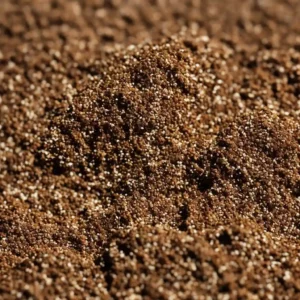
Za'atar
Ingredients
- 2 tbsp freshly chopped thyme or 2 tsp dried thyme
- 2 tbsp sesame seeds
- 2 tsp ground sumac
- 1/2 tsp sea salt
- 1/4 tsp ground cumin
Instructions
- Combine thyme, sesame seeds, sumac, and sea salt in a small bowl.
- Optionally, use a mortar and pestle to grind the ingredients for a smoother spice.
- Sprinkle the spice mixture onto labneh, hummus, baba ganoush, avocado toast, or any other recommended serving suggestions.


